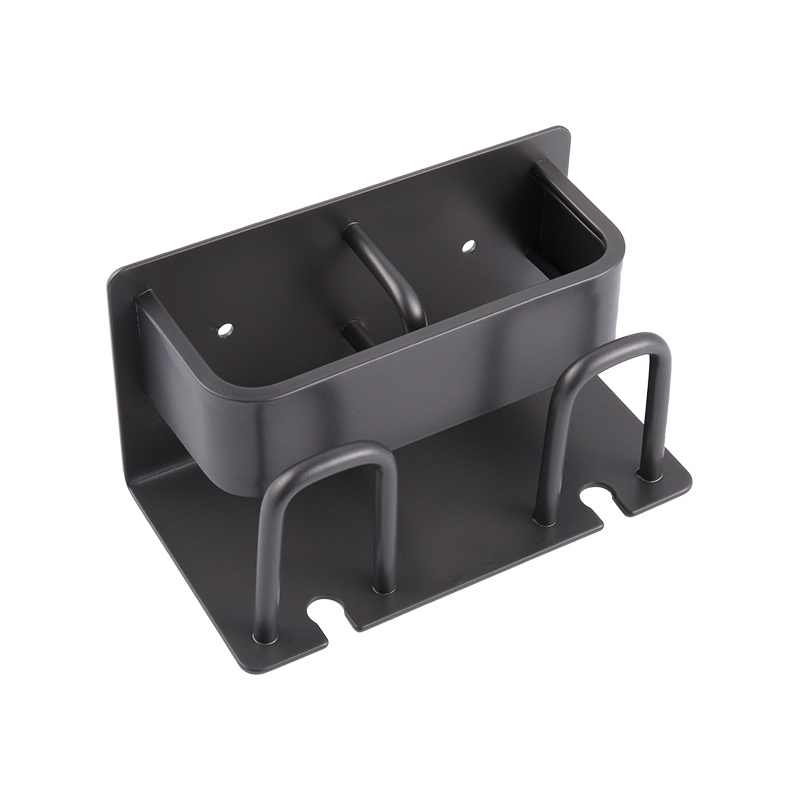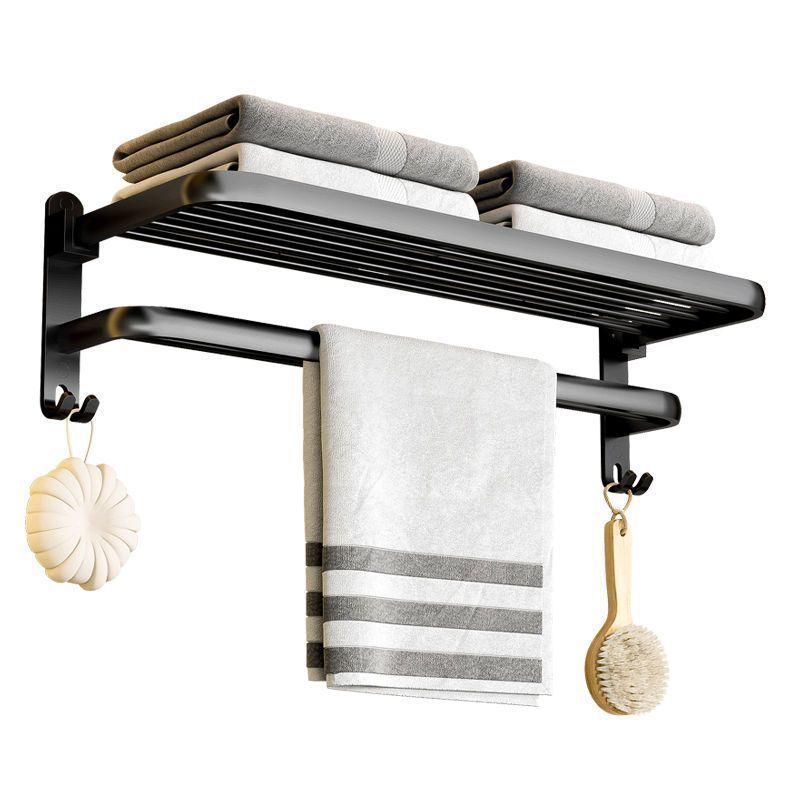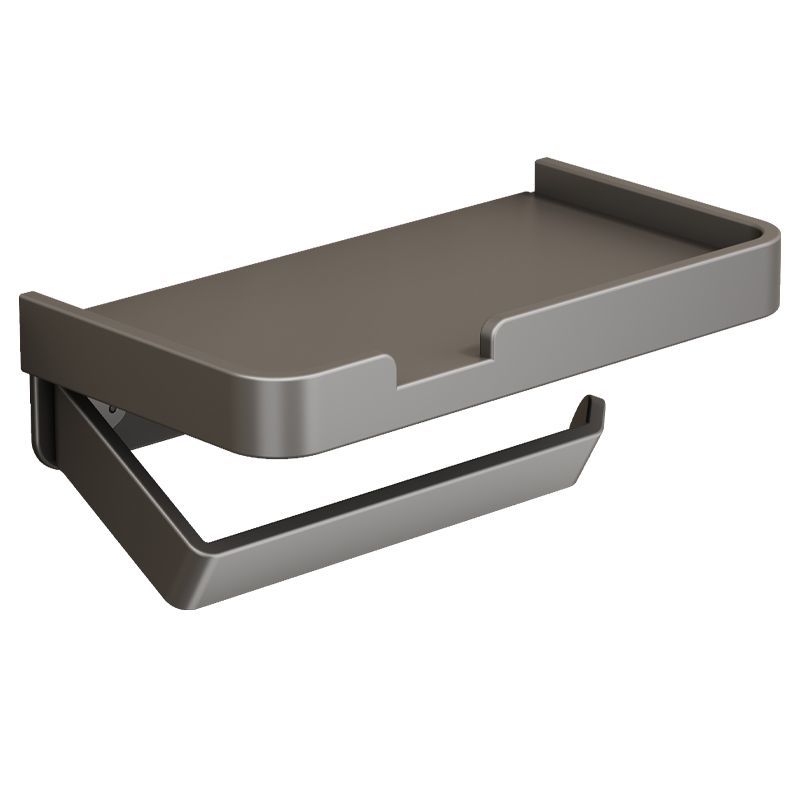As a professional hardware product manufacturing, R&D, design, and production enterprise, we are recognized as a pioneer in the hardware industry.
Bathroom racks are a type of device used to store various toiletries and towels. They are usually installed on the bathroom wall or hung behind the bathroom door, providing convenient storage space to help keep the bathroom tidy and organized. When choosing a bathroom rack, you need to consider the size of your bathroom space, decoration style, and personal preferences. Bathroom racks are a functional device that is essential for the bathroom. They can effectively improve the cleanliness and convenience of the bathroom, and bring more convenience and comfort to people's bathing life.
 Quick View
Quick View
 Quick View
Quick View
 Quick View
Quick View
 Quick View
Quick View

In modern home security, door locks are not only protective tools but also an important part of the aesthetics of the entrance. All-copper one-piece d...
View MoreIn the design logic of interior spaces, the seemingly inconspicuous Clothes Hook often carries a practical value far exceeding its appearance. As cons...
View MoreIn modern home design, wardrobe hardware is no longer merely an accessory to furniture, but a key element determining the functionality and user exper...
View MoreWith the development of modern architecture and high-end furniture design, hardware accessories play an increasingly important role in the overall use...
View More1. Improve dimensional accuracy
Improve the degree of mechanization of production:
Introduce high-precision processing equipment, such as CNC machine tools, to improve the dimensional accuracy in the production process.
Calibrate and maintain the equipment regularly to ensure that the equipment operates in the best condition.
Optimize the production process:
Refine the production steps, reduce human intervention, and reduce the dimensional deviation caused by improper operation.
Implement a strict dimensional inspection system and conduct dimensional inspection on the finished products of each process to ensure that they meet the design requirements.
Strengthen employee training:
Provide professional skills training for production workers to improve their operating level and quality awareness.
Emphasis the importance of dimensional accuracy to ensure that every employee can operate in accordance with the standards.
2. Improve surface treatment
Choose suitable materials:
According to the characteristics of the bathroom environment, choose corrosion-resistant and easy-to-clean materials such as stainless steel and aluminum alloy.
Ensure that the surface of the material is flat and flawless to reduce the difficulty of subsequent processing.
Optimize surface treatment process:
For materials such as stainless steel, electrolytic polishing, chemical polishing and other methods can be used to improve the surface finish and flatness.
For shelves that need to be sprayed, high-quality paint and spraying equipment should be used to ensure uniform coating and strong adhesion.
Strictly control the temperature, time and other parameters during the surface treatment process to avoid over-treatment or under-treatment.
Strengthen quality control:
Set up a special quality inspection department to conduct strict quality inspection on the finished products after surface treatment.
Rework or scrap unqualified products to ensure that all products shipped meet quality requirements.
1. Material selection
Corrosion-resistant materials:
Corrosion-resistant materials such as stainless steel or chrome alloys are preferred. These materials have high rust resistance and corrosion resistance and can remain stable for a long time in a humid environment.
For rust-prone materials such as carbon steel, special attention should be paid to their anti-rust treatment process.
Anti-slip materials:
Use materials with anti-slip properties or design anti-slip structures on the contact surfaces of the racks (such as bottom supports, hooks, etc.) to ensure that items are placed firmly.
2. Production process
Precision machining:
Use precision machining equipment and processes to ensure that every connection point and contact surface of the rack is smooth and burr-free, reducing wear and corrosion caused by friction.
Welding or connection process:
For parts that need to be welded or connected, use high-quality welding processes or tighten connectors to ensure a firm connection and prevent corrosion caused by looseness.
3. Surface treatment
Rust-proof treatment:
During the production process, the materials that are prone to rust are subjected to necessary anti-rust treatment, such as spraying anti-rust paint, galvanizing, etc.
Pay special attention to corrosion-prone areas such as welding points and cutting edges, and carry out key treatment.
Anti-corrosion coating:
Spray anti-corrosion coatings such as polyurethane, epoxy, etc. on the surface of the rack to improve its anti-corrosion performance.
Ensure that the coating is uniform and has strong adhesion, and can effectively isolate moisture and air to prevent corrosion.
Transparent paint or anti-rust spray:
To protect the beauty and anti-corrosion performance of the rack surface, you can brush transparent paint or use anti-rust spray on its surface.
IV. Usage Guide
Installation environment:
Guide users to install the rack in a ventilated and dry environment to avoid long-term exposure to moisture or water splashing.
Precautions for use:
Remind users to avoid placing wet items on the rack during use, especially for long periods of time.
Regularly check whether the rack has rust or corrosion, and if found, it should be cleaned and maintained in time.
Cleaning and maintenance:
Provide a cleaning and maintenance guide, and recommend that users use a neutral detergent and warm water to clean the surface of the rack, and wipe it dry with a damp cloth.
Emphasize avoiding the use of highly corrosive detergents or tools for cleaning.
5. Quality Control
Strict Testing:
Strict quality control measures are implemented during the production process, and each batch of racks is tested for anti-rust, anti-corrosion, anti-slip and other properties.
Continuous Improvement:
Based on user feedback and market changes, materials and processes are continuously optimized to improve the anti-rust, anti-corrosion, anti-slip and other properties of the racks.